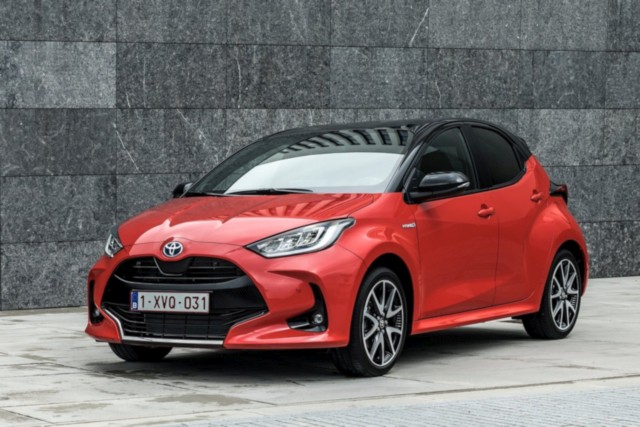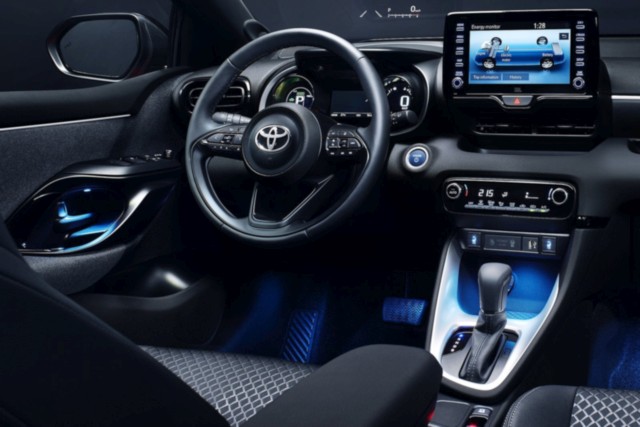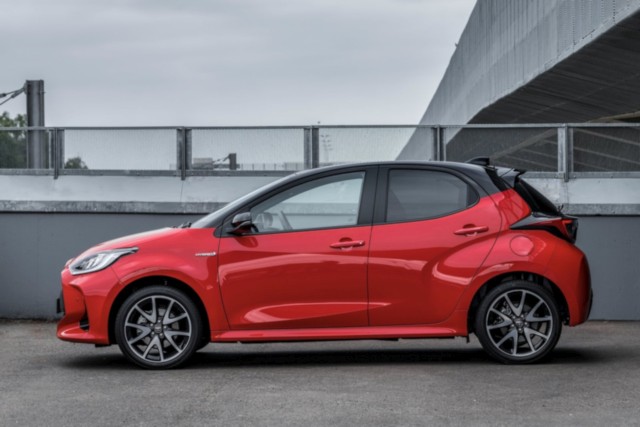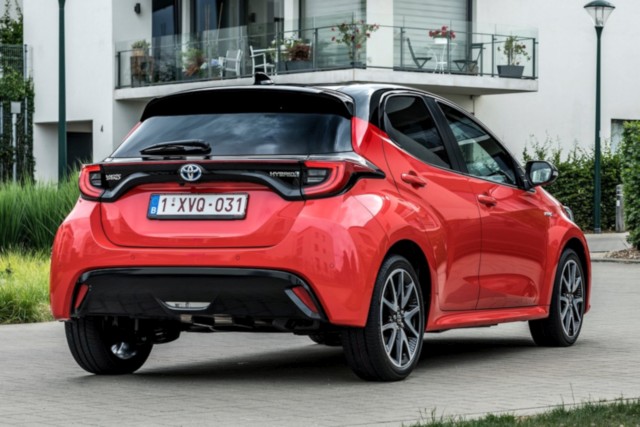The all-new Toyota Yaris Hybrid hatchback has been revealed, built on a the new TNGA platform with a sub-four-metre body length.

The fourth-generation Toyota Yaris Hybrid hatchback is a car designed to meet the demands of city life while also being enjoyable on the open highway. Based on the Toyota New Global Architecture (TNGA) and the GA-B platform, the Yaris Hybrid offers compact proportions and a tight turning circle while simultaneously packing a spacious, comfortable and high-quality interior with advanced equipment for connectivity and info-tainment.

The Toyota GA-B platform is vital in endowing the new Yaris Hybrid with improved handling dynamics, a lower centre of gravity and greater rigidity. It also allowed designers to create a distinct and appealing silhouette with an individual identity. It’s actually shorter than its predecessor and overall length has decreased to less than four metres. The wheelbase, however, has been extended by 50 mm for more cabin room. The new Yaris is also wider and has more wheel track for a low and wide stance. The cargo volume is 286 litres and the boot measures 700 mm deep.

The new Toyota Yaris Hybrid uses the latest fourth-generation hybrid electric powertrain. It can operate on electric power for longer distances and also at higher speeds. The system also gives the car better fuel economy, lower emissions and enhanced capability. In the city, the Yaris can operate just like a battery electric vehicle with zero emissions but with no concerns about recharging. The self-charging hybrid electric vehicle concept is now stronger than ever.
The hybrid system’s new components are now more compact, lightweight and efficient. Efficiency has increased by up to 20 per cent, while power is now 16 per cent higher. The total system output is 116 hp and that allows the Toyota Yaris Hybrid to accelerate from zero to 100 km/h in 9.7 seconds, while also improving response. The rated efficiency on the WLTP cycle is 27.03 km/l with CO2 emissions down to 85 g/km.
The Toyota Yaris Hybrid packs the new 1.5-litre Dynamic Force three-cylinder Atkinson-cycle petrol engine; from the TNGA family. It is a long-stroke engine running a seemingly insane 14.0:1 compression ratio with high-speed combustion with better temperature and pressure control. This contributes to its exceptionally high thermal efficiency of 40 per cent and ensures that more energy is obtained from every bit of fuel. The Atkinson cycle keeps the intake valves open for longer, delaying the compression stroke thereby improving efficiency and fuel economy while reducing power output. Even so, the engine makes 93 hp and 120 Nm, the latter of which is delivered at 3,600 rpm. The three-cylinder also also optimized to deliver more power and torque but less noise. The electric continuously variable transmission, or e-CVT automatic, helps provide linear acceleration and quieter operation.
The hybrid drive system in the new Toyota Yaris Hybrid consists of two motor/generators – MG1 and MG2. MG1 is used to start the engine and to generate power to charge the battery pack. MG2 is linked to the front wheels and can be used as the power source to drive the vehicle. It delivers up to 59 kW (80 hp) and 141 Nm of torque to the front wheels. The hybrid transaxle is more compact and lightweight, with the two MG units placed on multiple shafts instead of being placed one behind the other. A 177.6-volt lithium-ion hybrid battery pack with 48 cells is located under the rear passenger seat. It has a much higher power density and significantly improved current flow while being both smaller and 12 kg lighter than the nickel-metal-hydride unit in the previous system.
That said, the Yaris Hybrid can get up to 130 km/h on electric power alone. And go on for longer periods in city traffic. The power split device, at the heart of the hybrid system, governs the interaction between the components and enables the Yaris to operate as a parallel hybrid with the MG2 powering the car alone, or in combination with the petrol combustion engine.

The new Yaris is also available with a 1.5-litre petrol engine with six-speed manual or continuously variable transmission (W-CVT) with a wide range – W. This is essentially the same new three-cylinder unit featured in the hybrid system and offers lowers emissions and improved fuel economy.




















Leave a Reply